11 Interesting Microscope Facts – 2024 Update
Last Updated on
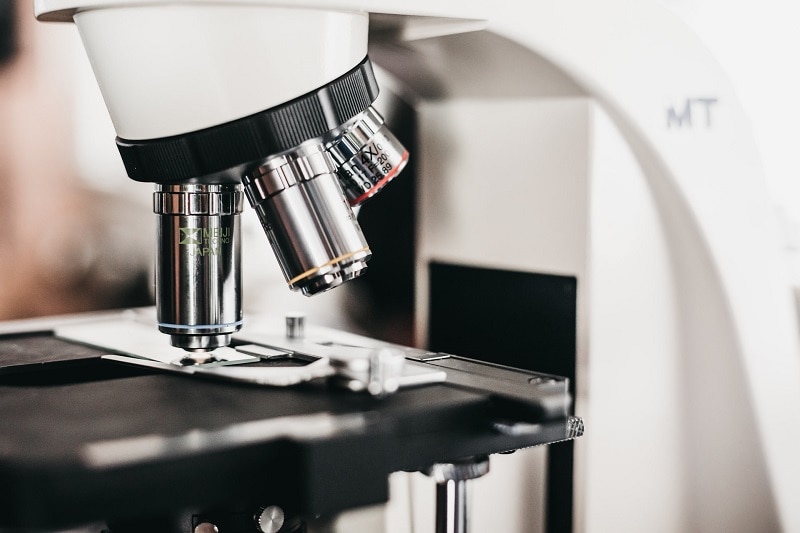
Microscopes are one of the most interesting types of tools in the world of optics. Their long, magnified lenses allow for easy viewing of tiny things that humans can’t see with their bare eyes. They are predominantly used for scientific purposes to research a wide variety of living or non-living subjects and have some crazy mechanical capabilities. Here’s our list of 11 facts about microscopes that dive into the science and history behind this famous optic wonder.

The Top 11 Interesting Microscope Facts
1. There Was Debate About When the First Microscope Was Invented
The first compound microscopes were invented in the late 1500s and early 1600s in Europe. In the 1590s, Zacharias Janssen was said to have created what we know today as the first microscope. They were nicknamed the “flea glasses” because they were used to inspect small bugs, like fleas.
Some also say that there was another man named Hans Lippershey who successfully claimed the rights to the scope before Janssen since he applied for the first telescope patent in 1608.
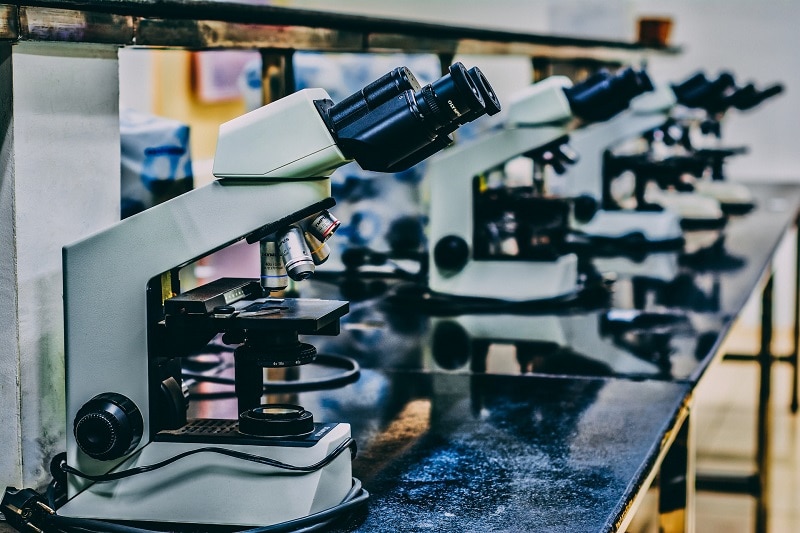
2. Different Types of Microscopes
There are several kinds of microscopes, but there are three main ones that people frequently use: optical, electron, and scanning probe microscopes. Optical telescopes are the most popular and are used to magnify our view of things that we can’t see with our normal vision. They can zoom up to 1250 times. Electron scopes are used to see DNA and minuscule bacteria. Scanning probes look at biological subjects and use reflected light to study them.
3. Where the Microscope Got Its Name
Giovanni Faber coined the name “microscope” after Galileo’s personal microscope inspired him in 1625. The name comes from the Latin word “Microscopium. The term “micro” refers to something small, and “scopium” refers to inspecting something.
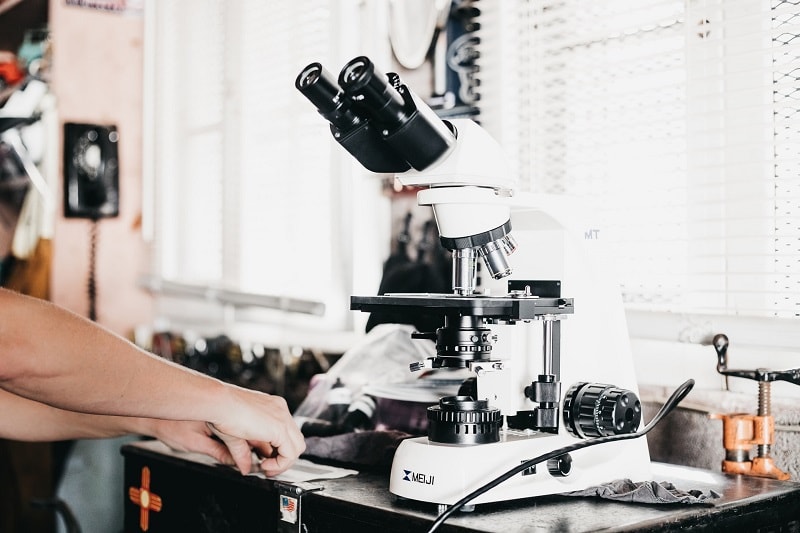
4. Microscopic Photography
Microscopes can be used to create BioArt—a bridge between art and science—by implementing photomicrography. This artwork is typically created to showcase something unknown about a specific object. Plus, the images rendered from a high-quality microscope will have super-saturated colors and vibrancy.
5. Magnification
A basic magnifying glass for close-up views of objects is three to 20 times larger than the normal resolution. Optical microscopes magnify about 1,250 times but can be more or less depending on the size of the lens. Some electron microscopes can magnify an image over 1 million times.
6. The Tiniest Things We Can See
Tools like light microscopes can show us the fundamentals of what the world around us is made out of. These tools can magnify so intensely that we can actually see at the atomic level, around 500-nanometers. It’s also humbling to know that atoms are the smallest component of matter that we can observe. For a sense of scale and size, the thickness of a piece of human hair is about 1 million times larger than an atom.
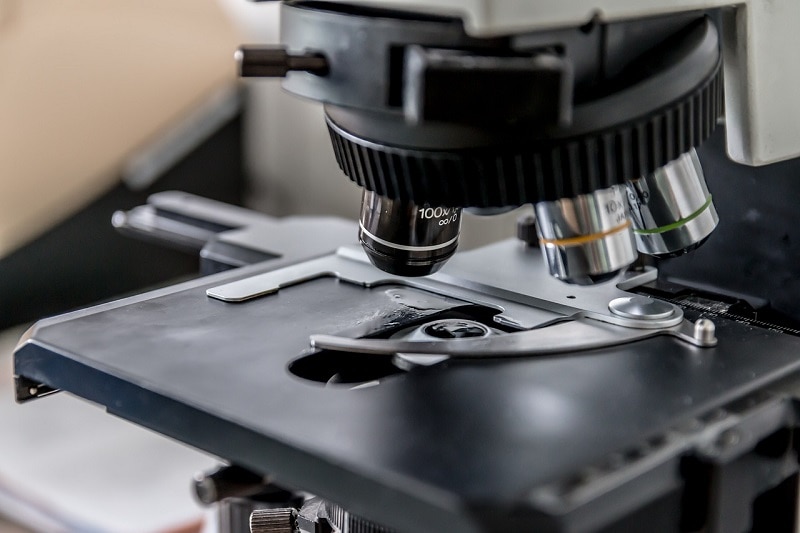
7. Our Discoveries With Microscopes Are Documented Throughout History
Microscopic materials have been documented in literature written over 300 years ago. In fact, Robert Hooke published his own book in 1665 called Micrographia. In his book, he illustrated and explained distinct organisms like lice and fleas, which was never done before in history. You can still find his work today and see how his inscriptions match similarities to modern pictures of the same bacteria. Hooke was also the first person to discover cells.
8. Microscopes Educated the Masses
Hundreds of years ago, the idea of illness was mostly entangled with supernatural reasoning, like evil spirits controlling the body. When microscopes came into play, they changed the public’s perception to a scientific view rather than a biblical one. More people became interested in learning about this, and more logical cures were produced for serious diseases. If microscopes weren’t invented, it’s possible that this way of thinking could still be commonplace today.
9. Famous Discoveries by Robert Koch
A microbiologist and physics wiz by the name of Robert Koch was said to have discovered the causes of two major infectious diseases: tuberculosis and cholera. He found them by using the compound microscope back in the 1800s and is considered one of the inventors of microbiology. Koch was also the first person to photograph microbiology as well.
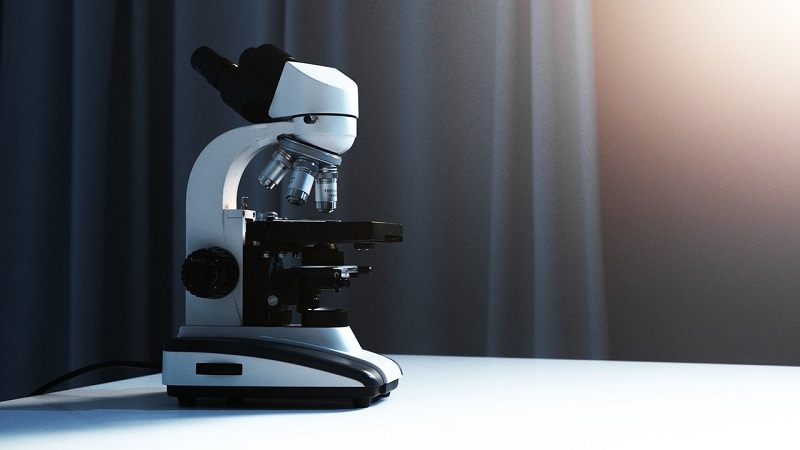
10. Microscope Prices Are Astronomical
Professional science equipment is usually not a cheap investment, which remains true when it comes to microscopes. Be prepared to spend a hefty portion of your paycheck if interested in buying one. Some high-end microscopes can cost upwards of $5,000. If you want to get an electron microscope, you will have to cough up more than $100,000 for a brand-new unit! Luckily, schools or enthusiasts can stay under the $500 mark since optical scopes are more common and readily available.
11. Microscopes Are Similar to Our Cameras
If you’ve ever learned about photography or lenses, you may have picked up some knowledge about aberrations. Aberrations are visual artifacts that affect the quality of the glass and the final image we see.
Extreme chromatic aberrations will show odd blue lines at the edge of the subjects in the final images. If the lens has a sharp, high-grade glass element, these will be less prominent or possibly even removed entirely. This is mainly present when the diameter of the scope is larger than its focal length.
•You might also like:15 Interesting & Unusual Loon Facts: Wingspan, Behavior & More!
•You might also like:Can Satellites See Inside Your House? The Interesting Answer!

Conclusion
Microscopes are a vital asset to scientific research, medical support, and biological documentation. In this article, we gave you our favorite facts to educate you on these powerful machines, which you may or may not have already known. Hopefully, you can use a microscope one day to see an entirely new universe of optical wonders.
Sources
Featured Image Credit: Misael Moreno, Unsplash
Table of Contents
- The Top 11 Interesting Microscope Facts
- 1. There Was Debate About When the First Microscope Was Invented
- 2. Different Types of Microscopes
- 3. Where the Microscope Got Its Name
- 4. Microscopic Photography
- 5. Magnification
- 6. The Tiniest Things We Can See
- 7. Our Discoveries With Microscopes Are Documented Throughout History
- 8. Microscopes Educated the Masses
- 9. Famous Discoveries by Robert Koch
- 10. Microscope Prices Are Astronomical
- 11. Microscopes Are Similar to Our Cameras
- Conclusion
About the Author Robert Sparks
Robert’s obsession with all things optical started early in life, when his optician father would bring home prototypes for Robert to play with. Nowadays, Robert is dedicated to helping others find the right optics for their needs. His hobbies include astronomy, astrophysics, and model building. Originally from Newark, NJ, he resides in Santa Fe, New Mexico, where the nighttime skies are filled with glittering stars.
Related Articles:
How to Clean a Refractor Telescope: Step-by-Step Guide
How to Clean a Telescope Eyepiece: Step-by-Step Guide
How to Clean a Rifle Scope: 8 Expert Tips
Monocular vs Telescope: Differences Explained (With Pictures)
What Is a Monocular Used For? 8 Common Functions
How to Clean a Telescope Mirror: 8 Expert Tips
Brightfield vs Phase Contrast Microscopy: The Differences Explained
SkyCamHD Drone Review: Pros, Cons, FAQ, & Verdict
